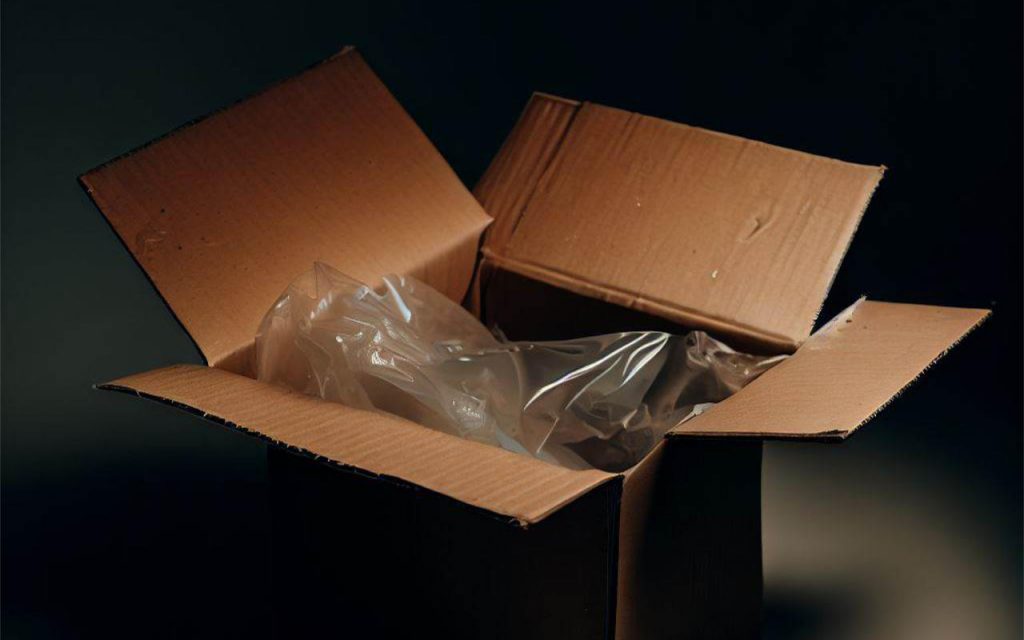Packaging bags – we all know them, but we don’t usually pay much attention to them. Well, we’d guess that when something works so well, it becomes normal, and simply fades into the background of everyday life. But polythene (and the packaging bags made from it) is so important to absolutely every part of our lives.
Because, once upon a time, packaging was very different… It was all paper, tins, glass and fabric. Even ceramics and wood were used. This made everyday items heavy and bulky – much more so than they are today – but it also made packaging unreliable and fragile. Transport wasn’t what it is nowadays; no refrigerated lorries or just-in-time logistics. Breakage, contamination, and loss were all too common.
And the difference it has made to medical packaging? It’s impossible to know how many lives medical-grade packaging, devices and polythene-based implants have saved, but we’re willing to bet the numbers are astronomical.
Packaging before plastic made it hard to transport and store a large volume of goods safely. And then, polythene packaging changed everything. It made access to food and everyday items so much easier. It meant that a world of goods became available to shoppers and businesses, at affordable prices, and with an excellent shelf life.
Read more – a world without plastic packaging isn’t the utopia you’re being sold…
It changed the world, and packaging bags made it even easier and quicker. Flexible, protective, recyclable, and cost-effective.
So, let’s take a closer look at how polythene packaging bags are used.

Inner packaging for sensitive contents
Some items need layers of protection to ensure maximum protection with minimal packaging.
The bag in box method is one way to achieve this. It’s widely used for sensitive goods, like electronics or fragile items, to provide a rigid outer shell with an impermeable inner layer. Sometimes, additional protection – like polystyrene bumpers or sleeves – are used to sandwich the bagged item, adding shock absorption. If the outer box becomes damaged, the inner packaging bag keeps dust and moisture (within reason) off the packaged item.
Double lined boxes are often used for medical packaging, to add an additional layer of protection, should anything happen to the first.
For a better fit and less wastage, gusseted bags can be used. This is especially helpful with big, heavy, bulky items that would otherwise have large amounts of excess bag flapping around them.
And speaking of large items – some are so big that they can’t be packaged any other way…
Outer packaging bags
Furniture items like sofas, armchairs, chaise longues and mattresses are not typically boxed in cardboard. It’s too weak at that scale, and with items so heavy; the furniture inside would destroy the box upon lifting, and would be ruined in the wet. Wooden crates could be used – but the additional bulk and lack of moisture protection aren’t exactly advantages.
That’s why we have furniture bags. They are often used as an outer packaging layer, covering inner protective packaging – like corner bumpers, strapping, bubble wrap and so on. They are extremely heavy duty, and highly resistant to tearing, moisture and dust.
But this isn’t the only use case for outer packaging bags. As the name implies, packaging bags can act as an outer cover to boxes, as well as an inner protective layer. This is helpful in transit and in storage; say, if a warehouse roof were to leak, or if liquid items in transit spilled over, the boxes individually-wrapped in packaging bags would be safely covered in moisture proof polythene.
This isn’t always the best approach, and often pallet covers perform this task – but it’s not all that rare, either.
Using packaging bags on their own
There’s one other main use for packaging bags: using them on their own, as the sole packaging method. Gusseted bags can be made from coloured and printed polythene, meaning they will stand up unaided, and perform all branding and information duties.
You most commonly find packaging bags like this used for food – but heavy duty packaging bags for aggregates or soil are some other good examples.
Can recycled material be coloured and printed, to avoid PPT?
To an extent, yes – recycled material can be coloured. It will never conform to the cleanliness of using colour additives with virgin polymer, but with proper care, visual imperfections can be reduced. Or, those same imperfections can become part of the design, celebrating the fact that plastic has been saved from landfill. Printing on recycled poly packaging bags is also possible, and all this can help reduce the burden of PPT (Plastic Packaging Tax).
Experts in poly packaging bags
Order polythene packaging bags, made to spec and designed to perform. Choose from custom blends and additives – and use coloured polythene plus printing for all-in-one packaging solutions.
Ready to get yours? Get a quote now, or call us on 01773 820415.


